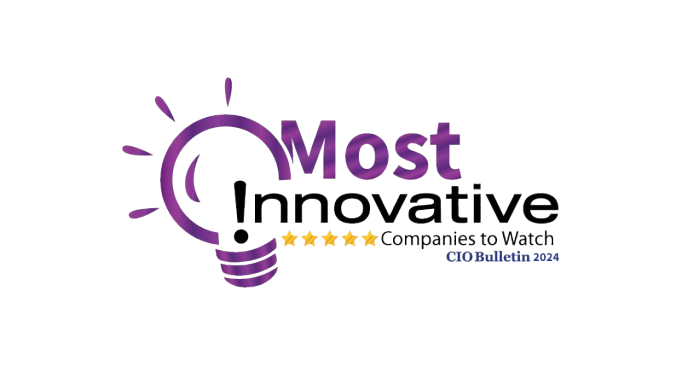The State of Social Media: A Comprehensive Overview
Social media has revolutionized the way we connect, communicate, and consume information. It has become an integral part of our personal and professional lives, shaping industries, influencing trends, and transforming marketing strategies. In this comprehensive overview, we delve into the current state of social media, exploring its impact, trends, and key considerations for businesses looking to leverage its power.
The Influence of Social Media
1. Social Media Penetration
Social media platforms have experienced remarkable growth in recent years, with billions of active users worldwide. From Facebook and Instagram to Twitter, LinkedIn, and emerging platforms like TikTok, the reach and impact of social media continue to expand, connecting individuals and businesses globally.
2. Changing Communication Landscape
Social media has fundamentally changed the way we communicate. It provides a platform for real-time interaction, fostering engagement, and creating communities around shared interests. Users can engage with brands, influencers, and each other, leading to a democratization of content creation and distribution.
3. Impact on Consumer Behavior
Social media plays a significant role in shaping consumer behavior. Users seek social proof, rely on recommendations from influencers, and actively engage with brands through comments, likes, and shares. The ability to discover, research, and make purchasing decisions on social media has transformed the customer journey.
Key Trends in Social Media
1. Video Dominance
Video content has emerged as the dominant format across social media platforms. Short-form videos, such as those found on TikTok, have gained immense popularity, captivating users with their creativity and entertainment value. Live streaming has also witnessed significant growth, providing authentic and interactive experiences for both brands and users.
2. Influencer Marketing
Influencer marketing has become a cornerstone of social media strategies. Brands partner with influential individuals who have established credibility and a loyal following to promote their products or services. This form of marketing offers an authentic and relatable approach to reach target audiences.
3. Authenticity and Transparency
In an era of information overload, users crave authenticity and transparency from brands. Social media has become a platform for brands to showcase their values, purpose, and behind-the-scenes stories. By building genuine connections and fostering trust, brands can foster long-lasting relationships with their audience.
4. Ephemeral Content
Ephemeral content, such as stories on platforms like Instagram and Snapchat, has gained popularity due to its temporary nature. Users enjoy the sense of exclusivity and FOMO (fear of missing out) that comes with time-limited content. Brands can leverage this trend to create urgency and drive engagement.
5. Social Commerce
Social media platforms have recognized the potential of social commerce and have introduced features that enable seamless shopping experiences. Users can discover and purchase products directly from social media, blurring the lines between social engagement and e-commerce transactions.
Considerations for Businesses
1. Audience Segmentation and Platform Selection
Understanding your target audience is crucial in determining which social media platforms to prioritize. Different platforms attract distinct demographics and cater to specific interests. Conduct thorough market research and create buyer personas to identify the platforms where your target audience is most active.
2. Content Strategy and Brand Voice
Develop a robust content strategy that aligns with your brand's values, goals, and target audience preferences. Create engaging and shareable content that resonates with your audience, leveraging the strengths of each platform. Maintain a consistent brand voice across all social media channels to strengthen brand identity.
3. Influencer Partnerships
Consider collaborating with influencers who align with your brand's values and target audience. Develop authentic relationships and leverage their influence to amplify your brand's reach and credibility. Ensure that influencer partnerships are based on mutual benefits and a genuine connection to maintain authenticity.
4. Social Listening and Engagement
Monitor conversations and mentions of your brand on social media through social listening tools. Engage with your audience promptly, respond to comments and inquiries, and address customer feedback. Actively participate in relevant discussions to build brand reputation and foster a sense of community.
5. Performance Measurement and Optimization
Implement robust analytics and tracking tools to measure the effectiveness of your social media efforts. Monitor key metrics such as engagement, reach, conversions, and return on investment (ROI). Use the insights gained to refine your strategy, optimize campaigns, and drive continuous improvement.
Conclusion
Social media continues to shape the digital landscape, offering immense opportunities for businesses to connect, engage, and grow. By understanding the current state of social media, embracing key trends, and implementing effective strategies, businesses can harness the power of social media to cultivate brand awareness, foster customer loyalty, and drive tangible results in today's dynamic digital environment.Featured Resources
Check Our Latest Resources





